If the shoe fits, wear it!
If the shoe fits, wear it!
The evolution of Adaptive footwear is making it easier for everyone to put on stylish shoes by themselves and feel great about their outfit from head to toe
The evolution of Adaptive footwear is making it easier for everyone to put on stylish shoes by themselves and feel great about their outfit from head to toe
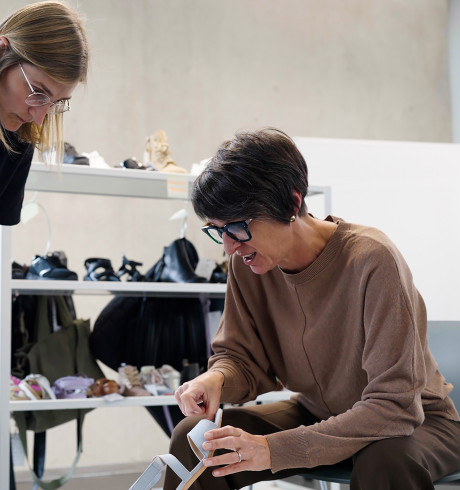
We met up with two of the people behind Zalando’s latest Adaptive footwear collection: Melanie, Sr. Fashion designer at Zalando Private Labels, and Rut, Inclusive fashion expert, who has trained our teams on accessible design.
Adaptive fashion is all about making it easier for someone to dress themselves regardless of their abilities. Adaptive footwear specifically are shoes with dedicated features to make it easier to put them on and take them off: a wider fit, extra long zippers, a removable sole, easy closures like hook-and-loops instead of buckles or a bigger pull-up loop at the back of the shoe. These features are examples of ‘accessible design,’ meaning that the products can be worn by a larger number of people - including those with physical, cognitive or sensory disabilities.
Could you please introduce yourselves and how you’re involved in Adaptive fashion?
Melanie: I’m Melanie Rogge and I’ve worked as a footwear designer at Zalando for seven years. I’m currently focusing on our womenswear brands Anna Field and Even&Odd, designing shoes for the different seasons. I've always been creative and passionate about footwear; shoes are so much more complex than a textile garment - no offence to my colleagues who work in textiles. (laughs).
I started as a traditional shoemaker with an apprenticeship at the Hamburg State Opera where I worked with the actors and I created bespoke shoes for them. Afterwards, I explored orthopedic design and even worked for some shoemakers handcrafting footwear. I then joined Zalando as a working student and I’m still here nearly a decade later.

If you like your shoes, you wear them every day - they're very important for both your outfit, your level of comfort and your confidence.
Melanie Rogge
In my current role at Zalando I design accessible shoes from scratch - from the first idea to the finished product. We start off with our initial ideas and inspirations, look into trends, research Adaptive functions and requirements, including through focus groups, and explore materials. Then we create a prototype, which we present to people from the Disabled community and accessible design experts like Rut to ensure we are designing something functional, meaningful and stylish.
Rut: I'm Rut Turró, founder of MovingMood and I have been training the Zalando Private Labels teams on Adaptive fashion. My specialty is product accessibility as I believe that simple designs are better than complex. So instead of focusing on designing products, I challenge Zalando designers to rather look for solutions!
Some of my family are part of the Disabled community so the topic is really close to home for me - seeing the challenges they face, including with clothing and footwear, and the importance they place on autonomy and being able to dress themselves whenever possible, I’ve been inspired to work on accessible design. I’m convinced we can create a great impact in the world by involving Disabled people in making fashion accessible to all.
When I first came to Zalando, one of the things that surprised me was the energy - I call it ‘Zalando energy’; a huge group of people - designers, buyers, developers and leaders - who were delighted to learn, open to do things in a new way and motivated to design impactful fashion together. They showed genuine interest in addressing the needs of the Disabled community and that energy and fire is still present today!
How does the Adaptive design process differ?
Melanie: What surprised me about designing Adaptive footwear is how technical you have to be. It’s more challenging than a regular shoe because you have to really think about the features - how you implement them and how they would make the most sense to the customer. I've learned so much about the functions that work for a wider group, including the Disabled community, and how important it is to be able to easily get into your shoes, independently open, close or put them on.
When we started Adaptive footwear in Zalando Private Labels a few years ago, we simply added adaptive features - like wider openings and pull-loops - to our existing shoe range. We now design original stylish footwear where Adaptive features are not an ‘add-on,’ but are part of the design from the beginning.

Honouring the principle of ‘Nothing about us, without us’, both Zalando and I believe direct input and feedback from the Disabled community is crucial.
Rut Turró
Rut: Therefore, we always directly involve Disabled people in the design process, providing practical feedback about their needs and experiences, to improve the final products.
Melanie: On that note, we have an ongoing partnership with Ottobock, a global leader in healthtech and prosthetics, with many connections within the Disabled community. Ottobock has connected our teams with para-athletes and other prosthetic users to ensure our Adaptive designs, like Adaptive sportswear, consider the lived experience above all.
Step by step on the Adaptive journey, what does that mean to you?
Rut: Adaptive fashion is up and coming and not yet widespread, which makes Zalando a rather pioneering brand. The good news is that adding accessibility to garments and footwear simply makes a product suitable to a wider customer range - it’s a benefit to everyone. I therefore prefer to speak about ‘inclusive, accessible design’ that can be used by people with and without disabilities - that’s the major benefit of adding accessibility and having Adaptive fashion lines.
Melanie: We are still early on in our journey of Adaptive fashion. We’re learning from collection to collection, through interviews with the Disabled community, their advice with prototypes, partnerships, trainings or even through feedback from our customers on the Zalando Adaptive hub. And while we are taking the opportunity to be innovative, to test and learn with our Private Label brands, we’re also very happy to share these insights with brand partners that want to enter Adaptive fashion. Our aim is to offer a wider choice of fashionable and functional products across price and style on Zalando.
A concrete example here is BOSS, which launched six women's and six men's Adaptive Footwear styles last year, in part through consultations and exchanges with Zalando’s Private Labels team. We’re very excited to add even more Adaptive footwear to our collection this year - always keep function and fashion at the forefront. We really hope our products inspire customers and demonstrate that accessible design is a great way to be more inclusive. Stay tuned!
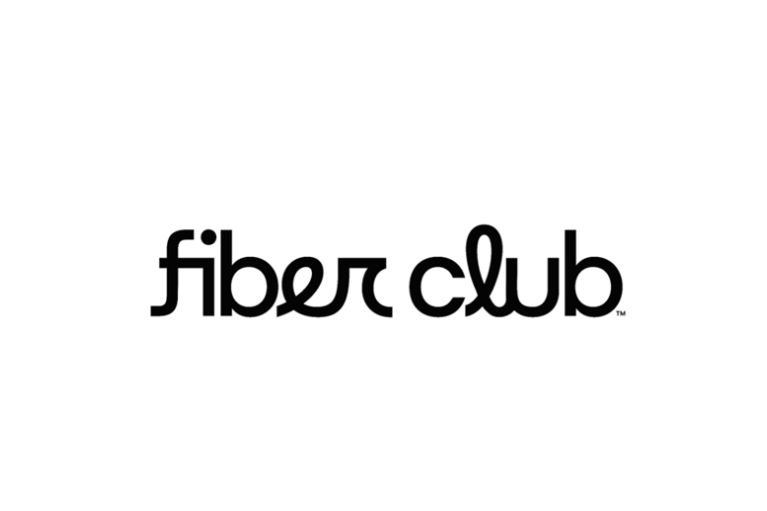
We're part of the club!
Zalando and leading fashion brands unite in Fiber Club to explore scalable solutions for next-gen materials
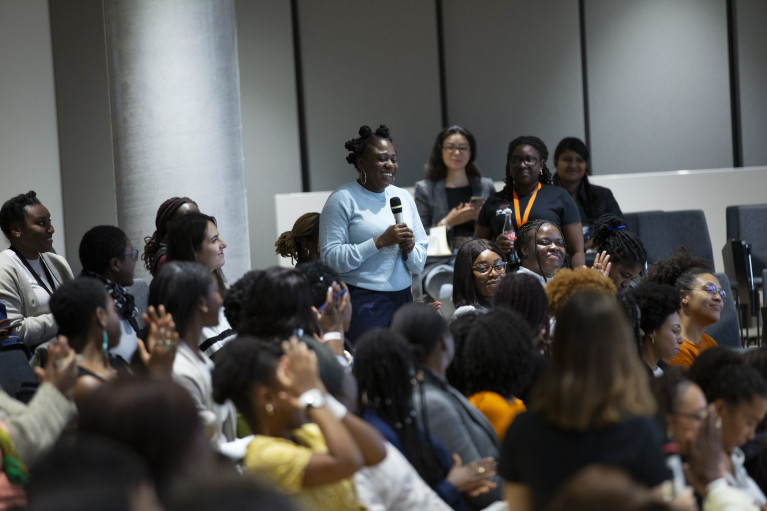
Say 'Why not?' and take the leap!
Interview with Vanessa Sanyauke, Founder of Girls Talk Corporation and The Hill on how she’s been advancing gender equality and creating equal opportunities

Every vote counts! #TogetherForDemocracy
Over 100 companies, from DAX-listed corporations to SMEs, are joining forces to send a strong signal in support of democratic values.
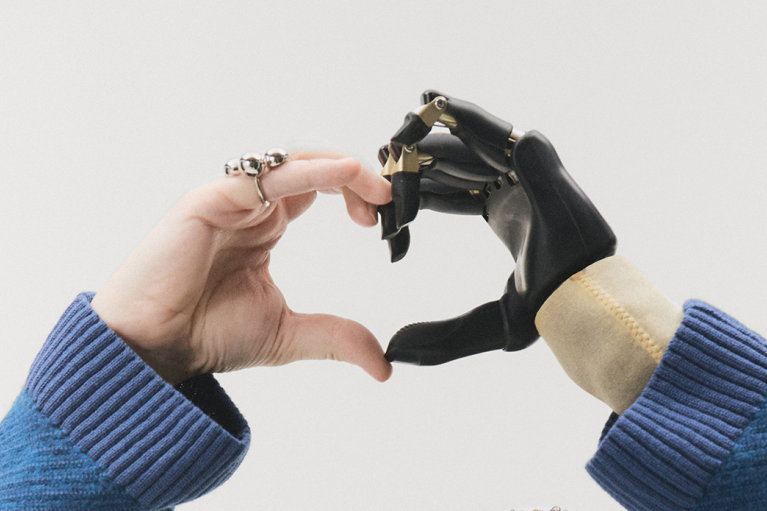
Design Academy: taking Adaptive fashion to the next level
Discover the finalists’ exclusive creations, their collaboration with Disabled community and the stories behind the third edition of the Design Academy
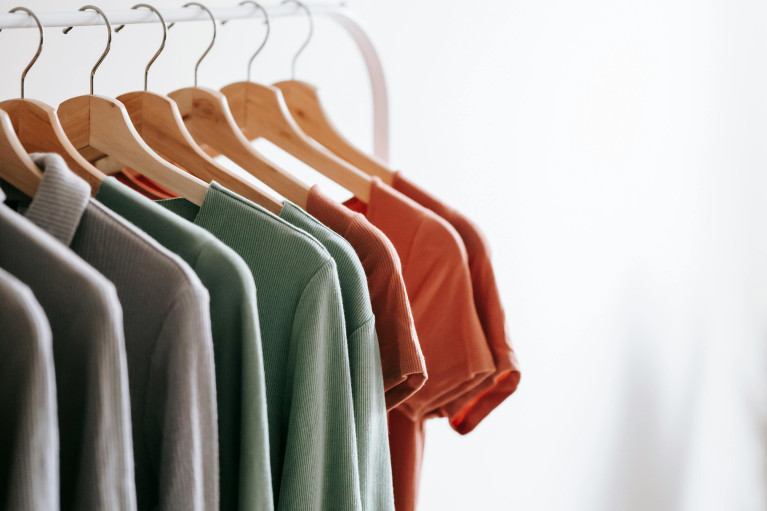
Enabling climate action through FASHION LEAP FOR CLIMATE
Discover how Steve Madden is using FASHION LEAP FOR CLIMATE to set science-based targets, advancing in their sustainability commitment
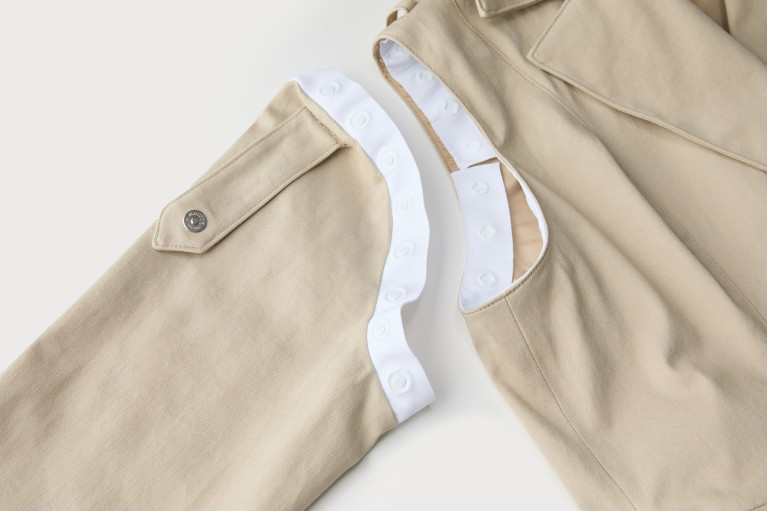
Design for inclusivity: pushing the boundaries in fashion
Sema Gedik, one of the mentors of the Design Academy, talks about nurturing creativity and diversity through Adaptive fashion design
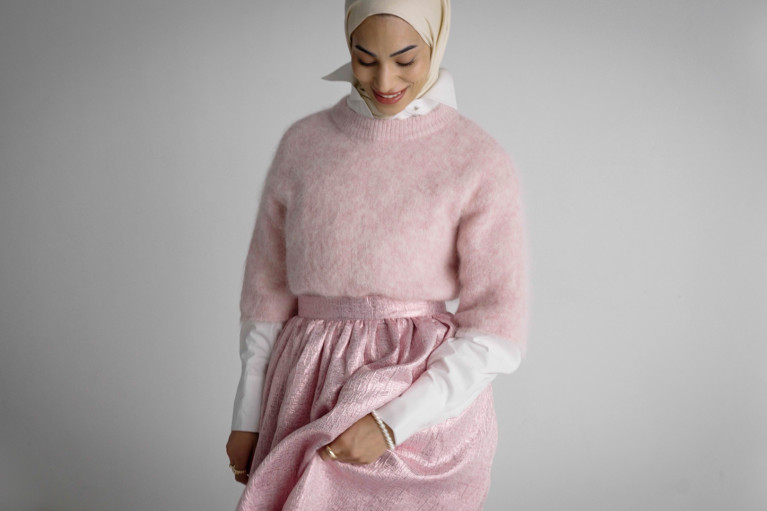
Modest, but make it fashion
Modest wear content guidelines developed with stylist Deborah Latouche bolster representative content on Zalando

Five Years with Helsinki Pride: Celebrating Diversity & Inclusion
Zalando and Helsinki Pride celebrate 5 years of advancing diversity and inclusion, creating impactful campaigns and fostering a welcoming environment for all